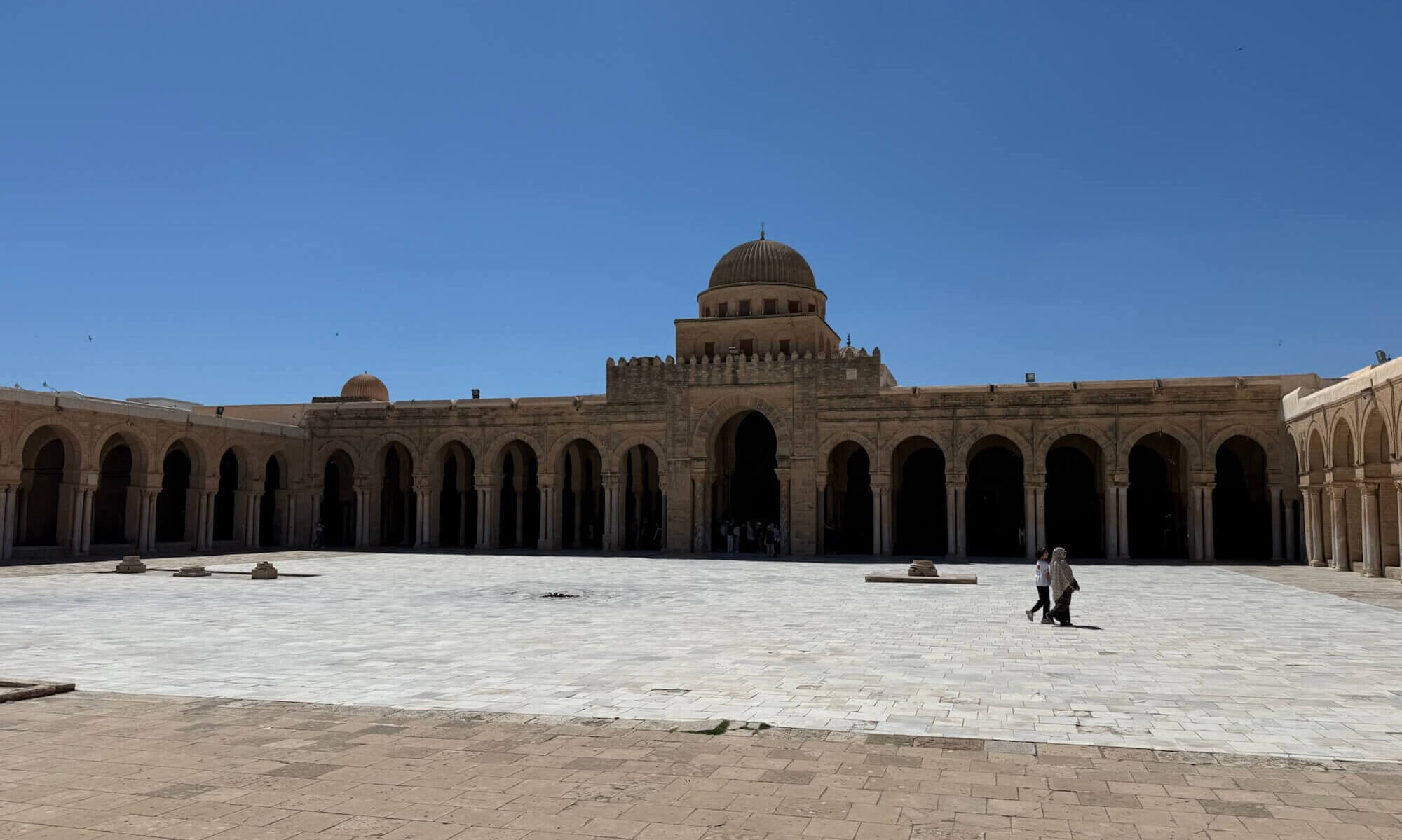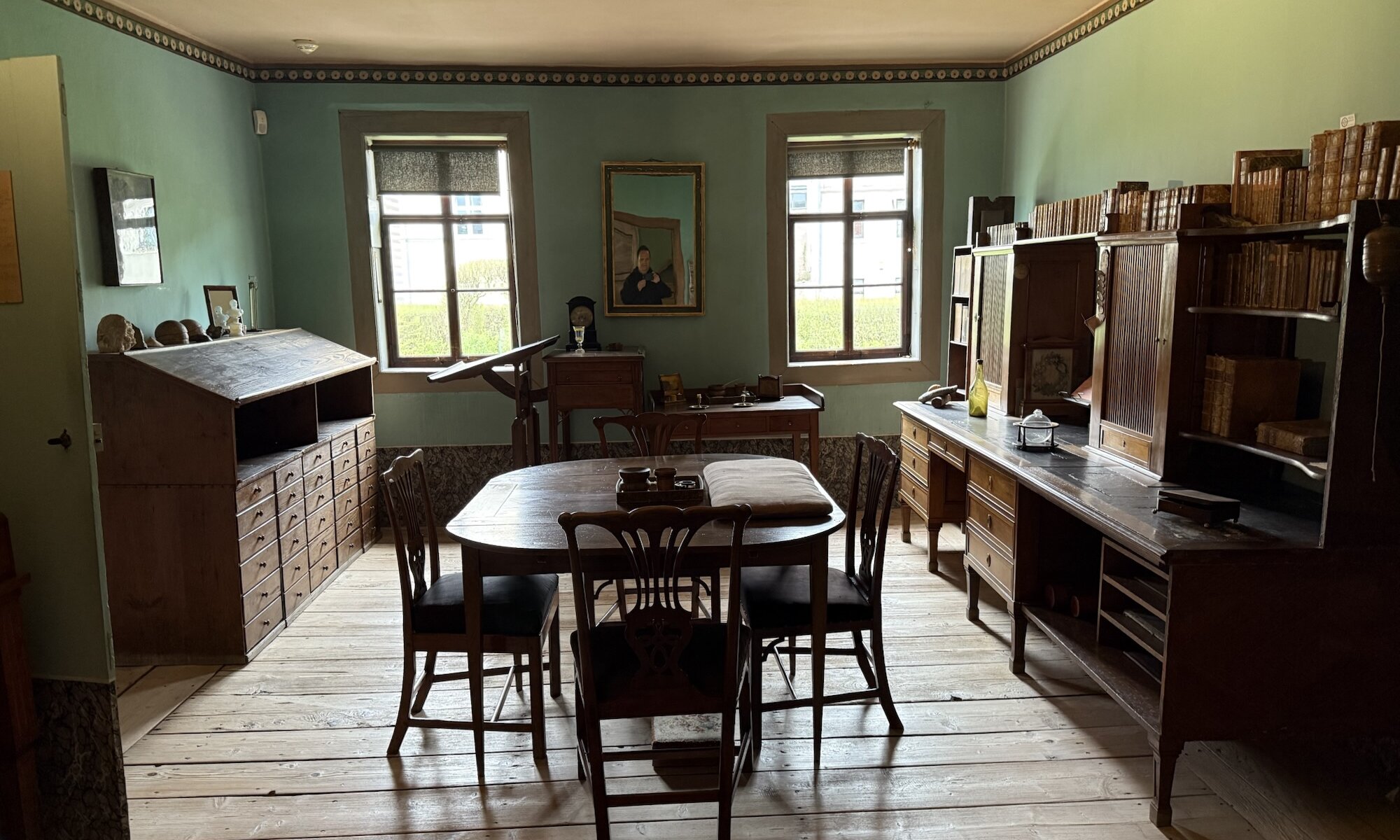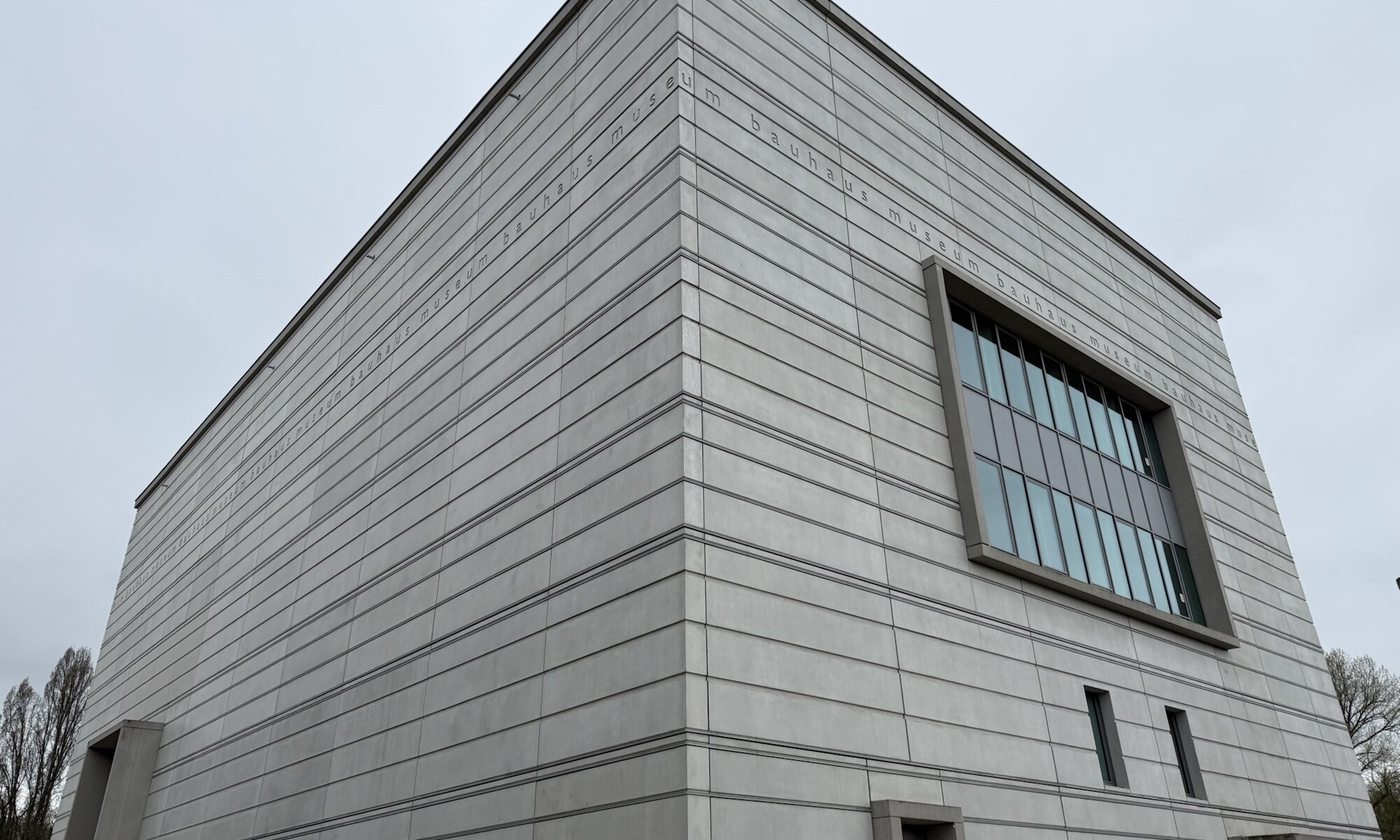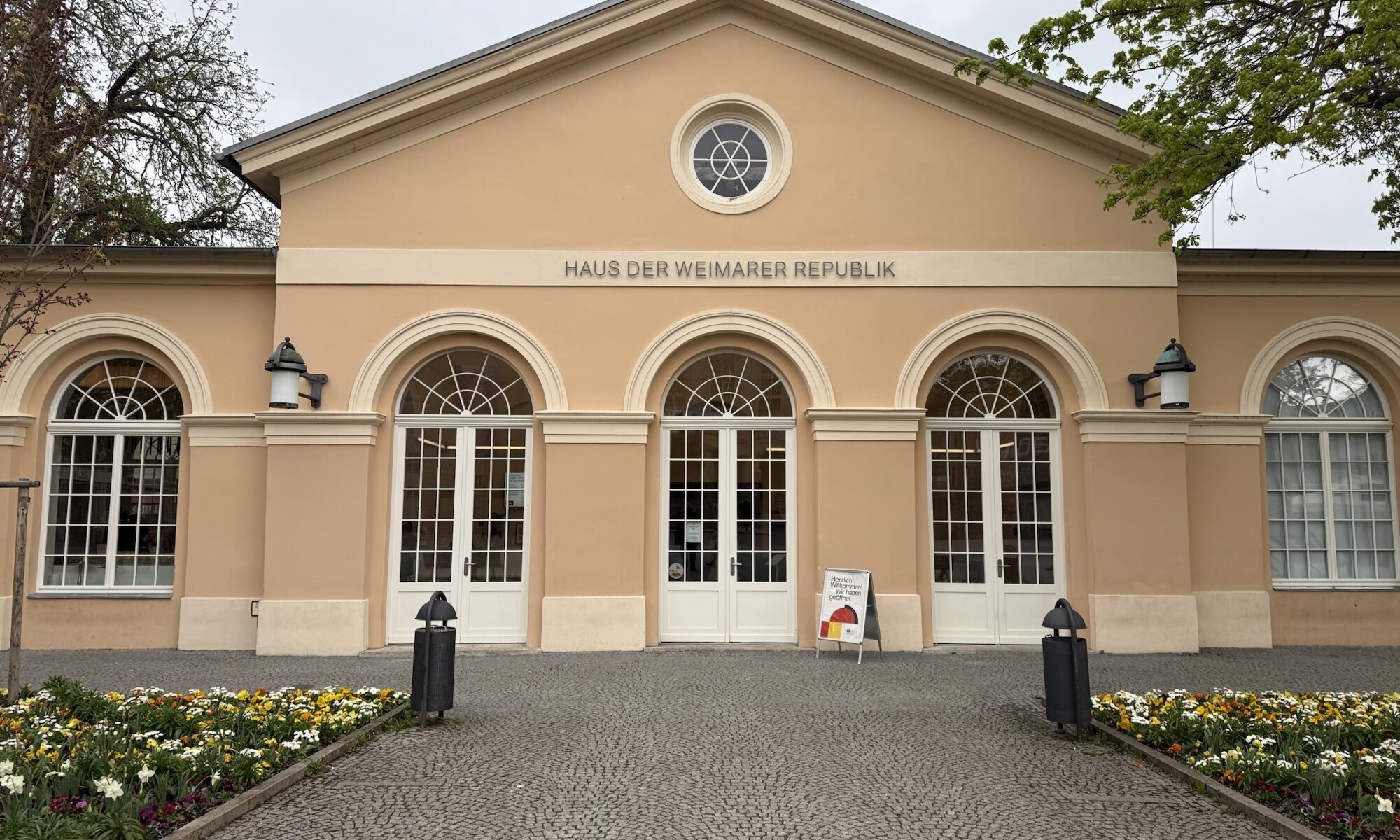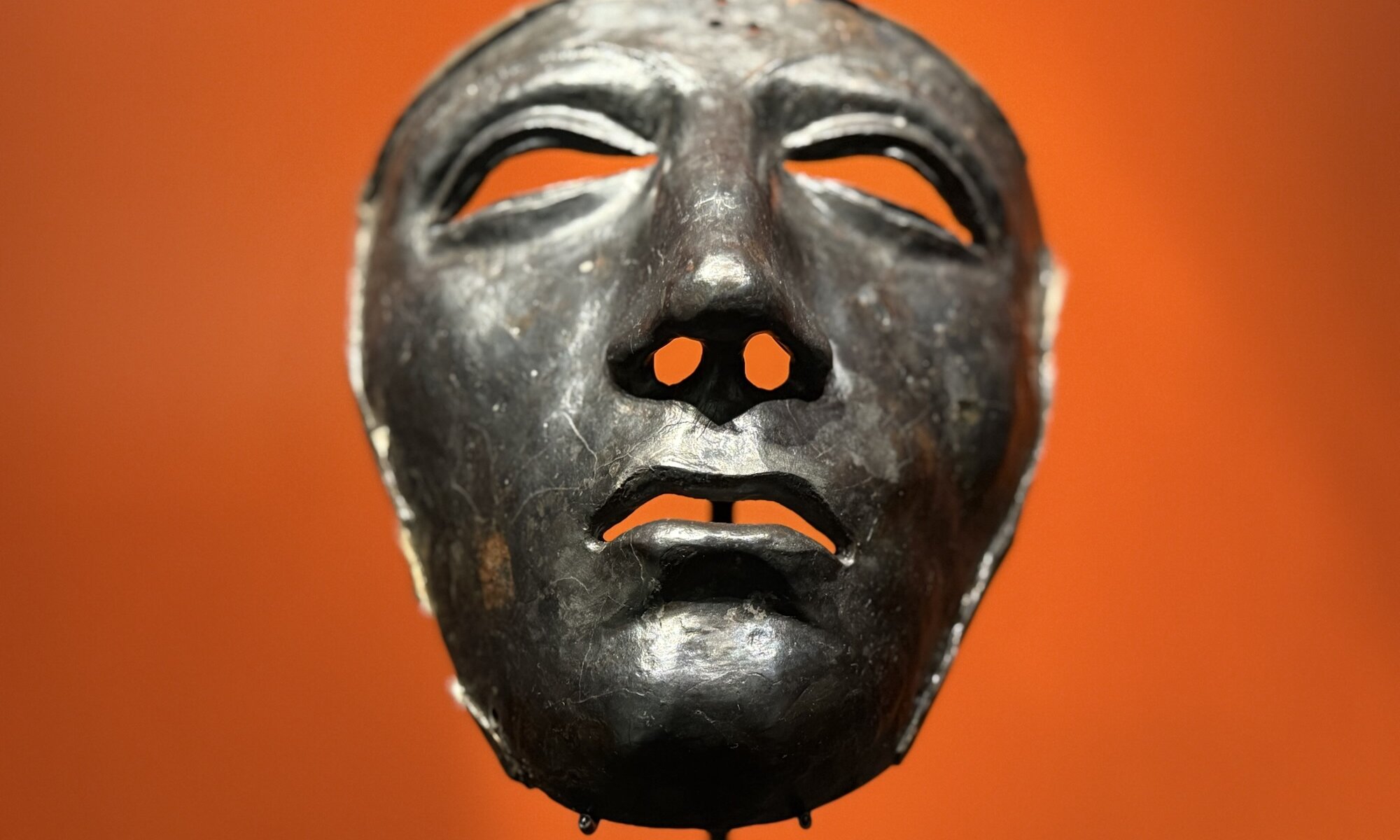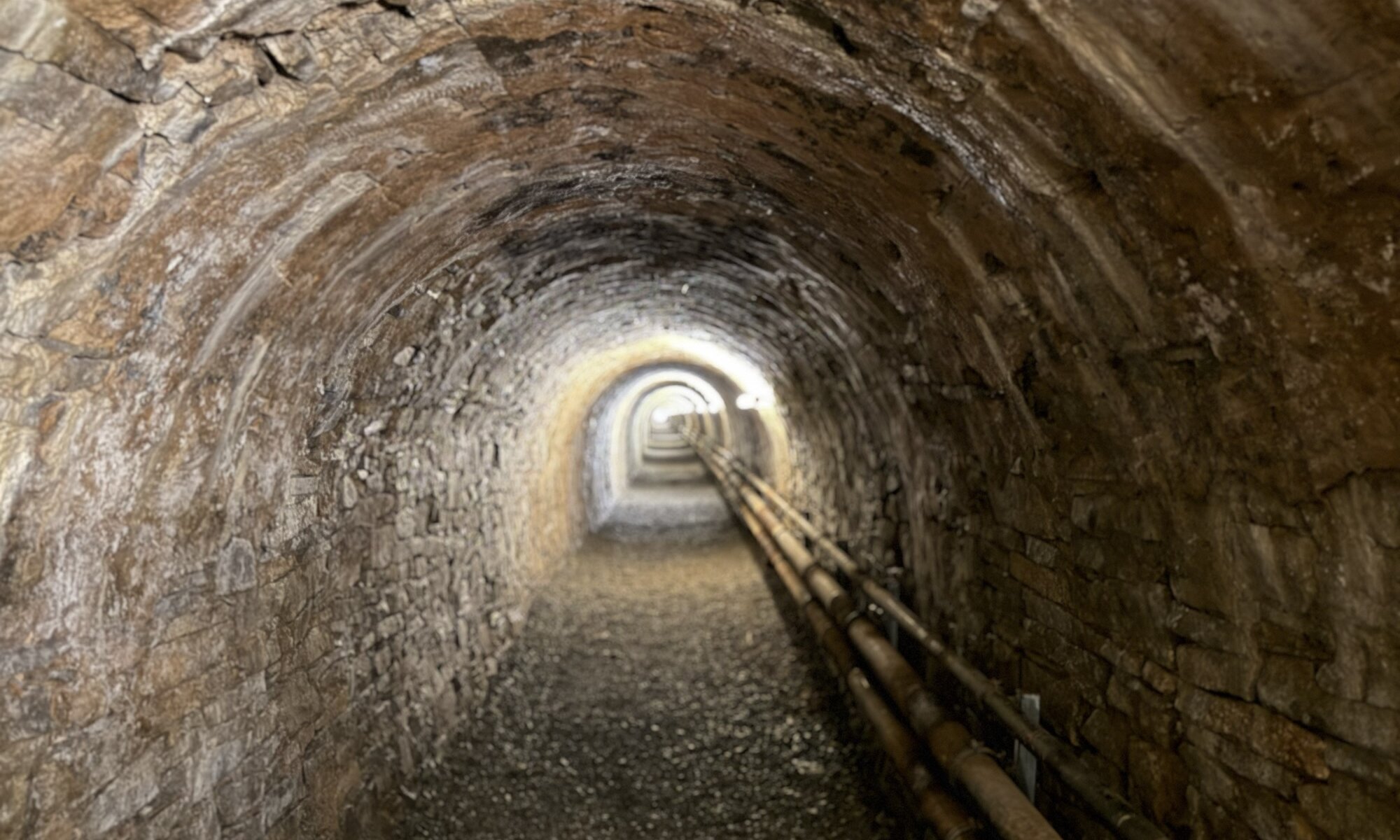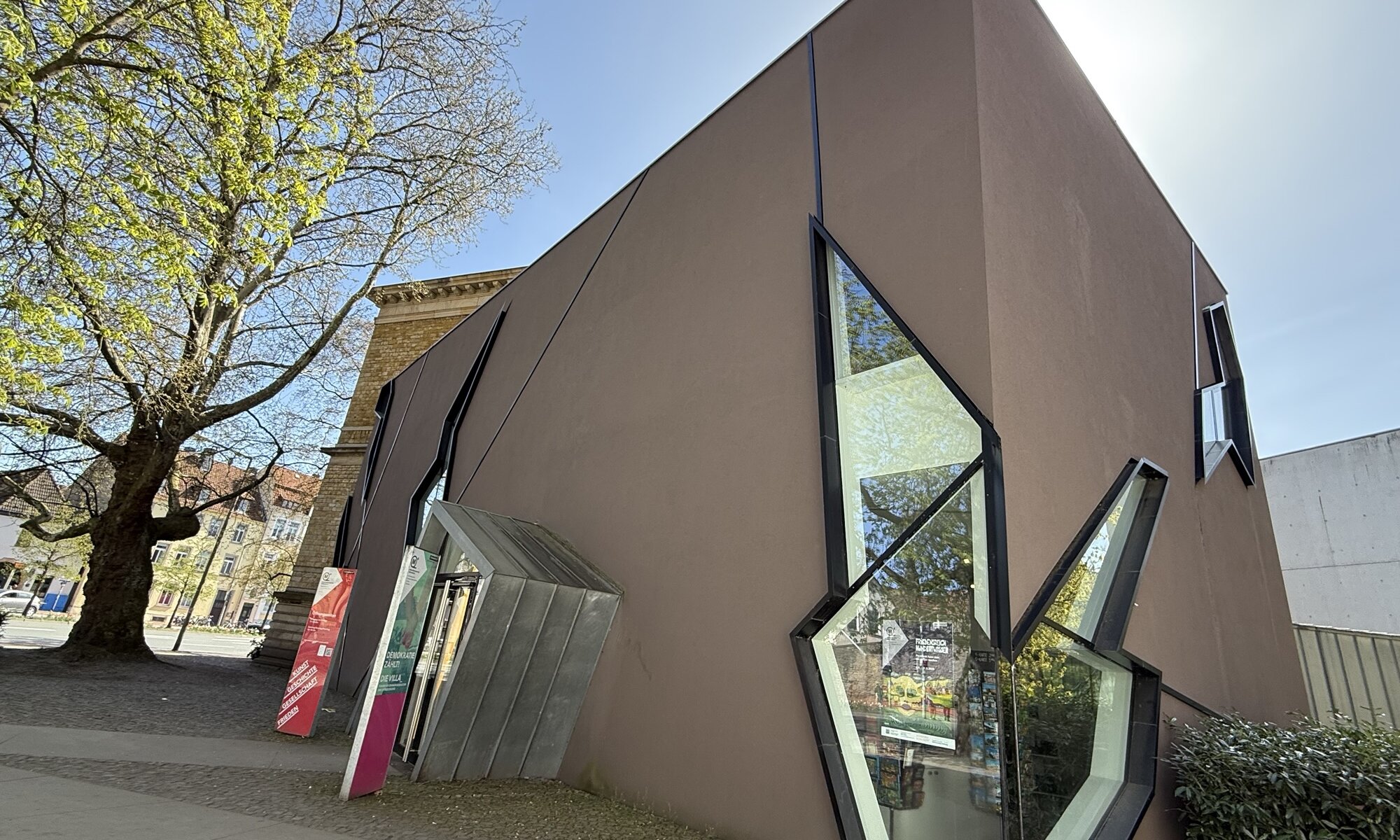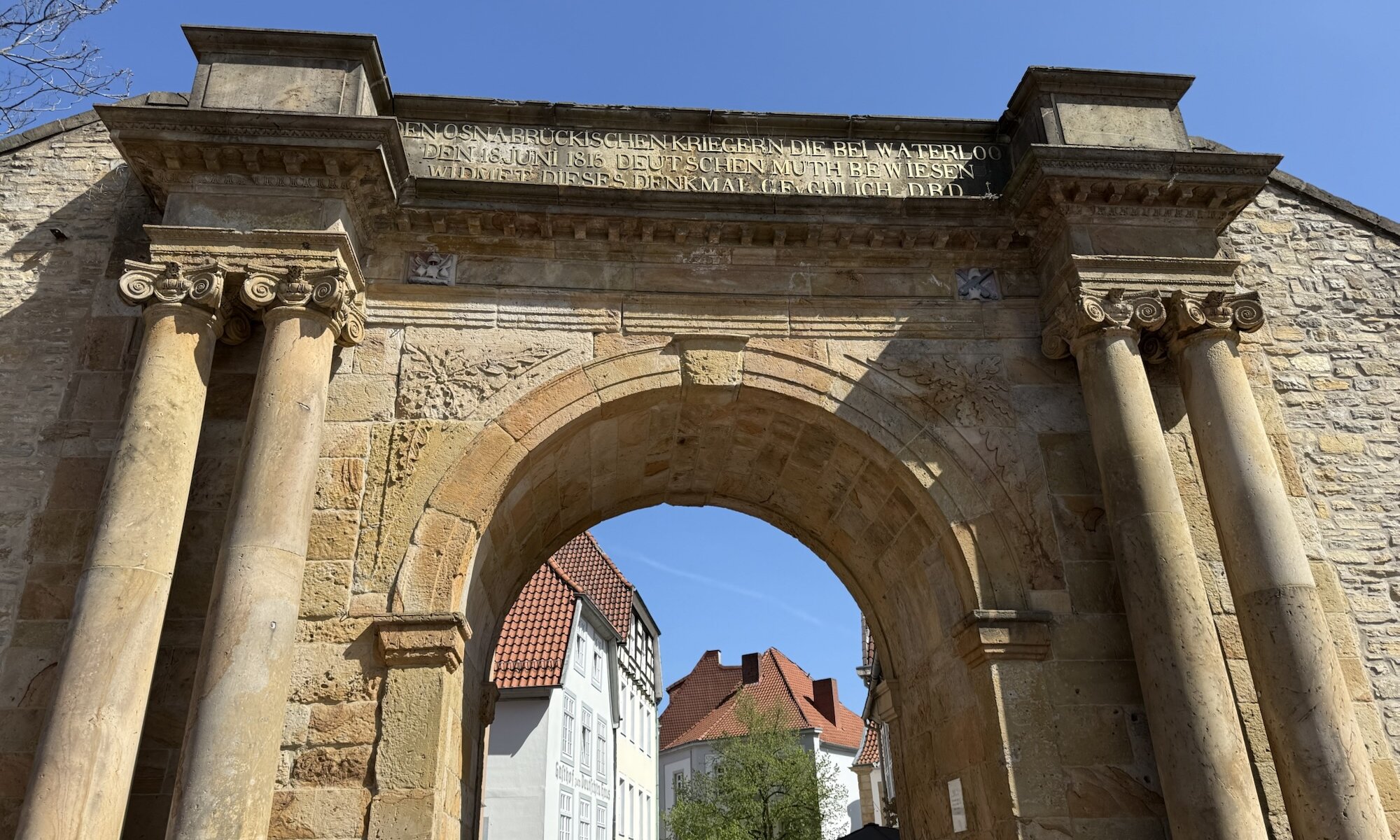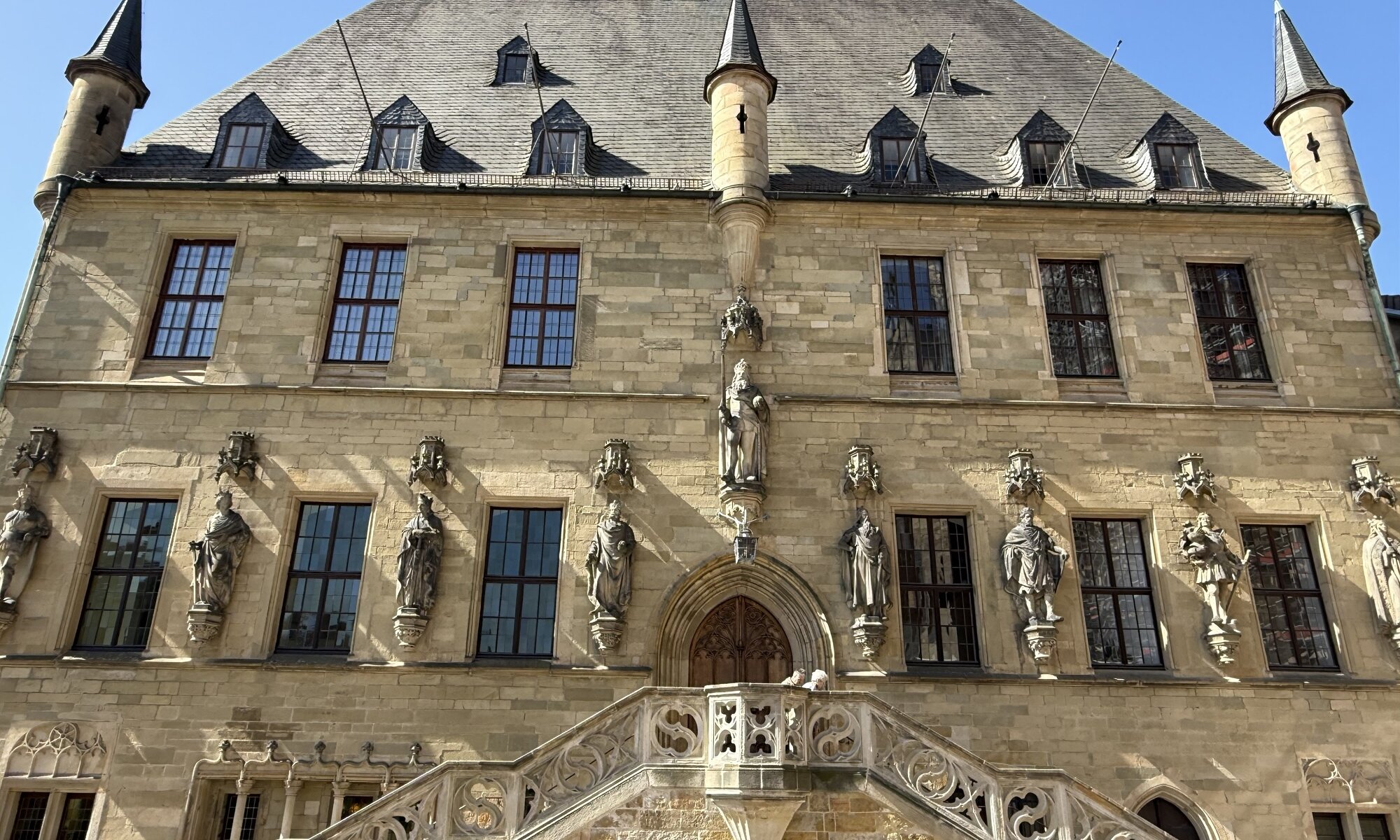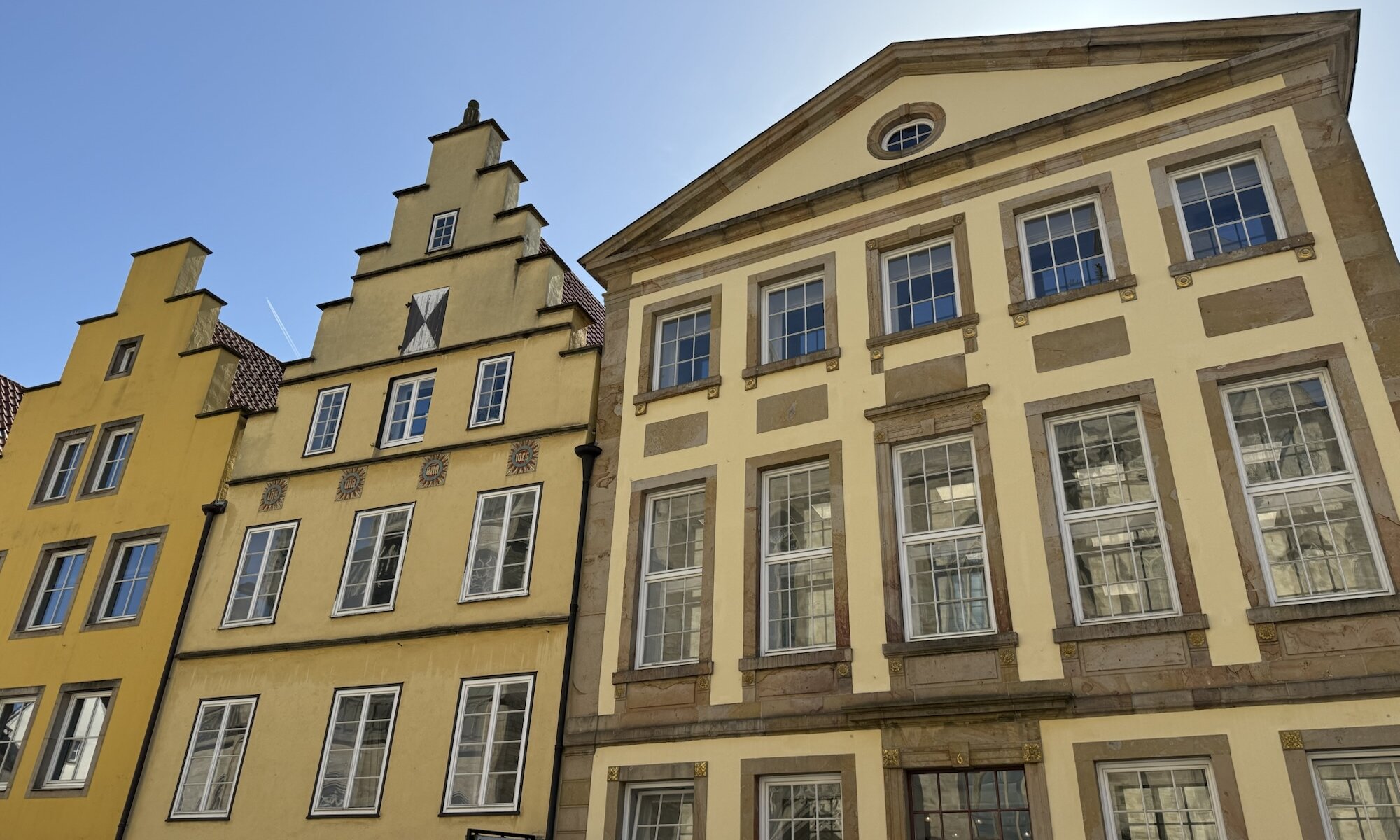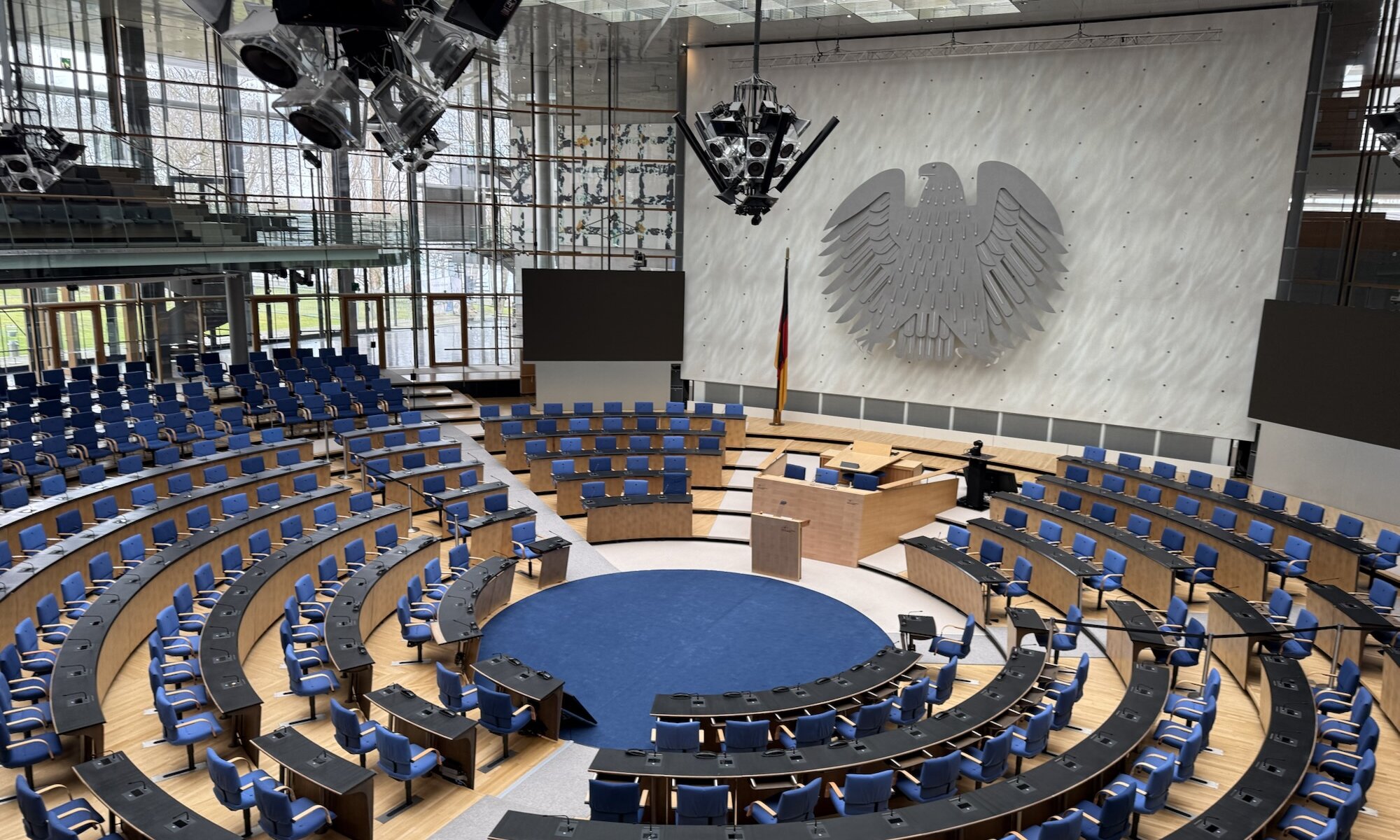The Goethe-Nationalmuseum in Weimar is the most significant museum dedicated to the life and achievements of Johann Wolfgang von Goethe. Located at Frauenplan, the museum centers around Goethe’s original baroque residence, where he lived for nearly fifty years. The house, carefully restored to reflect its state during Goethe’s final years, is complemented by a garden and two early 20th-century museum extensions that provide additional exhibition space.
Continue reading “Goethe-Nationalmuseum”Bauhaus
The Bauhaus-Museum is a striking, minimalist building located in the heart of Weimar, Germany. Its clear geometric form and spacious forecourt invite visitors to explore the roots of one of the most influential art and design movements of the 20th century. Inside, the museum houses the world’s oldest Bauhaus collection, with over 13,000 objects and documents, including iconic pieces like the Wagenfeld lamp, Marcel Breuer’s slatted chair, and Marianne Brandt’s teapot. The exhibitions are thoughtfully arranged across several floors, guiding visitors through the early years of the Bauhaus and its radical experiments in art, design, and daily life.
Continue reading “Bauhaus”Weimarer Republik
The Haus der Weimarer Republik in Weimar is a museum dedicated to the history and legacy of Germany’s first democracy, the Weimar Republic. Located directly on Theaterplatz, it stands opposite the Deutsches Nationaltheater, the very place where the national assembly met in 1919 to draft and adopt the new democratic constitution. Visitors to the museum can explore interactive exhibits, original documents, photographs, and multimedia installations that vividly illustrate the turbulent years of the Weimar Republic, from its hopeful beginnings to its tragic end.
Continue reading “Weimarer Republik”Varusschlacht
The Varusschlacht, or Battle of the Teutoburg Forest, was a pivotal event in the Roman campaigns into Germania. From 12 BC to AD 16, the Romans attempted to conquer and integrate the lands between the Rhein and Elbe rivers into their empire, envisioning Germania as a new province. However, in 9 AD, three Roman legions under Publius Quinctilius Varus were ambushed and annihilated by Germanic warriors led by Arminius, a Cheruscan prince. This catastrophic defeat marked the end of Roma’s expansion into Germania and led Emperor Augustus to abandon plans for further conquest beyond the Rhein.
Continue reading “Varusschlacht”Haseschacht
The Museum Industriekultur in Osnabrück is a unique institution dedicated to showcasing the industrial history of the region, with a particular focus on mining. Situated at the Piesberg, it occupies the site of a former coal mine and quarry, offering visitors an immersive experience into the interplay between industry, nature, and society. The museum explores themes such as early factories, steam power, and the transition of Osnabrück from an agricultural town to an industrial hub. Its exhibitions include functioning steam engines, fossil collections, and insights into coal formation.
Continue reading “Haseschacht”Neue Sachlichkeit
The Felix-Nussbaum-Haus in Osnabrück is a museum dedicated to the works of Felix Nussbaum, a Jewish painter who was murdered at Auschwitz during the Holocaust. Designed by renowned architect Daniel Libeskind, the building reflects Nussbaum’s life and art through its unconventional and striking design. Completed as Libeskinds first realized building in 1998, the museum features intersecting structures that evoke a sense of disorientation and confinement, mirroring the artist’s experiences during his persecution. Visitors can explore narrow corridors, abrupt intersections, and void spaces that challenge perception and create a unique emotional journey. The museum connects to the adjacent Kulturgeschichtliches Museum at various points, enhancing its integration within Osnabrück’s cultural landscape.
Continue reading “Neue Sachlichkeit”Friedensstadt
Osnabrück, located in Lower Saxony, is a city steeped in history and culture. Founded by Charlemagne in 780, it became an important bishopric and trading hub during the Middle Ages. Its name likely derives from the Low German words for ‚ox‘ and ‚bridge‘, reflecting its early significance as a crossing point over the Hase river. Osnabrück played a pivotal role in European history as one of the cities where the Peace of Westphalia was signed in 1648, ending the Thirty Years’ War. This treaty marked a turning point in diplomacy and religious coexistence, earning Osnabrück the title of ‚City of Peace‘ (Friedensstadt).
Continue reading “Friedensstadt”Pax Westphalica
The historic town hall of Osnabrück is a striking example of late Gothic architecture, constructed between 1487 and 1512. Its façade is characterized by an 18-meter-high hipped roof, complemented by six small towers that evoke the appearance of a fortress. A central flight of stone steps leads to the main entrance, which features a bronze handle inscribed with the year 1648 and adorned with a dove symbolizing peace. Above the entrance stands a statue of Charlemagne, the founder of Osnabrück, flanked by eight sculptures of German emperors, including Friedrich Barbarossa and Wilhelm I. These statues were gifted by the Prussian royal family in the 19th century, adding historical depth to the building’s exterior.
Continue reading “Pax Westphalica”All Quiet on the Western Front
The Erich-Maria-Remarque-Friedenszentrum in Osnabrück is a small but significant museum dedicated to the life and work of Erich Maria Remarque, the city’s most famous son. Remarque, born in Osnabrück in 1898, is celebrated worldwide for his literary contributions, particularly his anti-war themes. The museum provides visitors with an intimate glimpse into his life, showcasing personal items such as his expansive desk and offering the opportunity to read his works translated into various languages.
Continue reading “All Quiet on the Western Front”Bundeshaus
The Bundeshaus in Bonn served as the provisional seat of the German Bundestag and Bundesrat from 1949 to 1999. Initially constructed as a pedagogical academy between 1930 and 1933, it was repurposed after World War II to host the newly established West German parliament. The original building was expanded with additions like the ‘Langer Eugen’ office tower in 1969 and a new plenary chamber by Günter Behnisch in 1992, which emphasized transparency and democracy.
Continue reading “Bundeshaus”